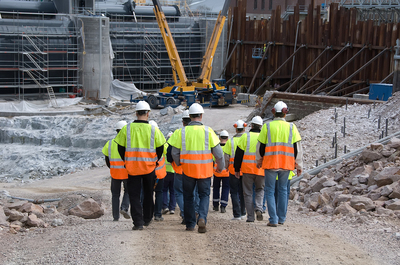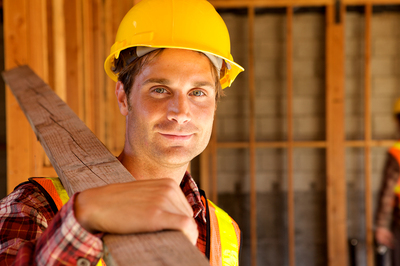
Are they walking into a life of addiction?
Here’s a closer look at why drug use is so common in this industry, along with the critical role in-house drug rehab can play in recovery.
About the Construction Industry and Substance Abuse
According to a recent report from Forbes, “The Silent Killer On The Job Site: Inside Construction’s Battle With Opioids,” the construction industry is second only to the food industry when it comes to sectors of the economy affected by the deadly opioid epidemic. The reasons for this are many.
For starters, the physical nature of this line of work leads to wear and tear on the body as well as injuries—both of which may lead to the increased likelihood of doctors prescribing opioids to enable construction workers to keep working. Unfortunately, this is a short-term solution with long-term repercussions. Factor in a shortfall of adequate monitoring programs, and the result is a perfect storm of abuse and addiction within the industry.
Furthermore, the largely male makeup of the construction workforce increases the risk due to the greater preponderance of mental health issues among men. Eric Goplerud, senior vice president of the Department of Substance Abuse Mental Health and Criminal Justice Studies at NORC at the University of Chicago, told Forbes, “The primary workforce in construction is male, and they’re twice as common to abuse prescription drugs than females.”
Making matters even worse is the loss of skilled labor in the industry as fewer young people work construction jobs. Explains Construction Dive: “The aging construction workforce, coupled with fewer young people entering it, equals older laborers expected to do more than they were in the past. Typically, aging employees might have focused more on drawing and supervising as opposed to lifting I-beams and drywall and other physically strenuous work….Rather than take the time off for a body to recuperate from strain or an injury, some turn to painkillers to mask the symptoms and try to work through them.”
Then there’s the lack of acknowledgment and accountability within the industry to address the issue. According to Forbes, insurance company reticence is not a matter of denial but instead “fear over insurance hikes or not wanting to give the illusion they were operating ‘dirty’ sites.” In fact, most construction companies are willing to concede the existence of a problem—albeit not one they’re prepared to tackle on their own.
Fixing the Problem
Opening up the conversation and removing the stigma is a critical step in reversing this devastating trend. Construction firm CEO John Fish told Forbes: “This issue has come home to our front doors. Each member of the community needs to see this is at their front door…The more we can publicize this issue helps to change the stigma to get people to come out of their shells and speak about it.”

An addiction-free life IS possible.
While there’s no arguing that prevention is the best medicine, it’s also crucial to highlight the value of treatment programs—particularly those that treat root causes of addiction, such as underlying early childhood traumas and PTSD.
Emphasizing the family and home is also important. Not only can the recovery process be sabotaged when recovering addicts return to dysfunctional and/or enabling homes, but family members can also learn to help addicts by interacting with them in the most supportive ways.
We’re Here to Help
If you or any of your loved ones work in the construction industry and battle addiction, it’s essential to know that you are not alone, and that help is available. Contact us today to learn more about in-house drug rehab and other recovery programs at Harris House.







